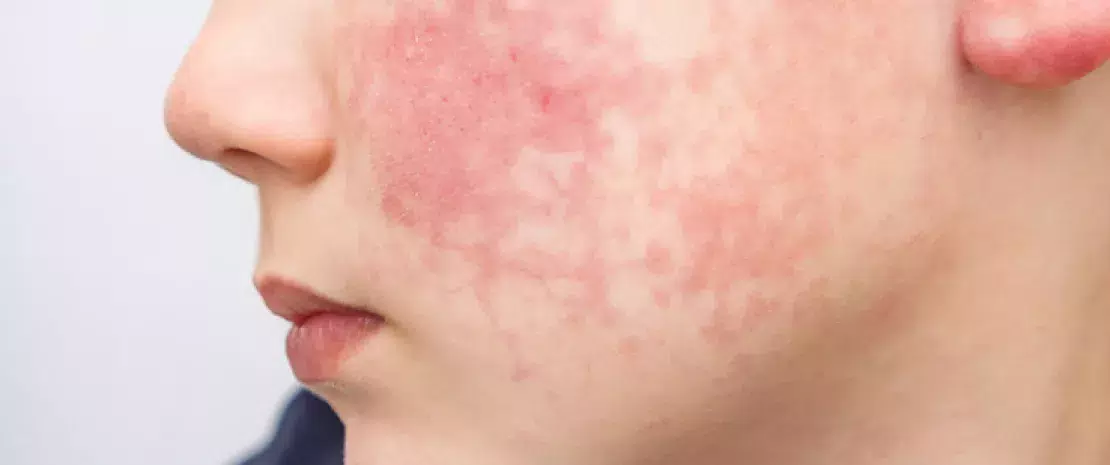Atopic dermatitis (or atopic eczema) is a chronic inflammatory skin disease that starts in early childhood as eczema patches appearing during flare-ups. The disease disappears in most cases during adolescence. Changes in the skin microbiome have been associated with atopic dermatitis and its severity, with an overabundance of Staphylococcus aureus and S. epidermidis in lesions, and a reduced abundance of streptococci during inflammatory flare-ups. Furthermore, the nasal microbiota is suspected of acting as a bacterial reservoir and of maintaining self-contamination between the skin and the nose, although few data support this theory.
Nose and skin: two connected microbiomes?
A team of researchers analyzed samples taken from the nose and lesioned skin of children suffering from atopic dermatitis. While the skin lesions were almost exclusively colonized by staphylococci, these species were far from the majority in the nasal microbiome, which is more diverse and dominated by other bacteria (Moraxella, Corynebacterium, Dolosigranulum). However, these distinct compositions do not prevent the nasal and skin microbiomes from interacting, as indicated by the statistical association between the bacterial species in the nasal passages and those present on the skin. However, the mechanisms involved are not fully understood.
Two microbiomes associated with severity
In addition, the composition of the nasal and skin microbiomes, and particularly that of the skin microbiome, was found to be linked to the severity of the disease. This link is mainly due to the presence of staphylococci in both microbiomes, but other species also play a role, such as Moraxella in the nose. According to the authors, these results suggest that the skin and nasal microbiomes play a role in exacerbating the inflammation caused by atopic dermatitis. The authors call for further research in order to identify more precisely the species and various microbiomes involved in the disease.












